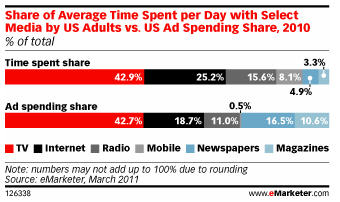Are you in the market for a new TV, laptop, or camera but can't decide if this is the right time to buy? Will a new bigger, badder, lighter, faster model be coming out tomorrow? Is this really the lowest price or will the price fall next week? With these tough questions looming, it can be hard to decide when to buy. These are big purchases that we tend to keep around for a few years. Gain the confidence you need to decide when and what to buy using Decide. Decide uses fancy models to predict product releases. The predict future product releases "by matching hundreds of thousands of devices to their model lineages and applying advanced machine learning and text mining algorithms." Their price predictions will save you a ton of money by looking at billions of price movements in over 40 distinct factors. Use their mobile site in the store as you shop or set up alerts so you'll know exactly when to pull the trigger on that big purchase.
Right now there are only 3 categories, but you can vote on categories you would like to see added.



